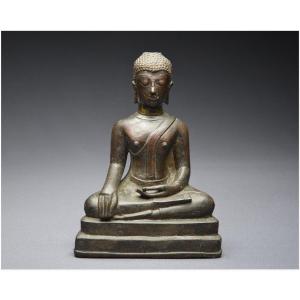Characteristics:
Kingdom of Siam (nowadays Thailand)
17th – 18th century
Sukhothaï School
Bronze
21 x 15.7 cm
Surface wear, beautiful old copper patina, missing usnisa and rasmi
Private collection
Sakyamuni Buddha depicted seated in bumisparsha mudra on a stepped plinth, hand right posed on the knee, the fingers pointing towards the ground, the left hand placed in its lap, palm turned towards the sky. He is seated in the sattvaparyanka position, with the right leg resting on the left leg. The massive body with broad shoulders and a powerful chest is dressed in the samgathi, the monastic robe, pressed against the body and leaving the right shoulder uncovered, a long section of the fabric descending in a straight line on the navel. The face, characteristic of Sukhothai art, has an aquiline nose as well as large almond-shaped eyes with heavy, slightly half-open eyelids, giving it great interiority. The mouth with fleshy lips sketching a slight smile overhangs a small prognathic chin. The ears with lobes distended by the weight of the ornaments symbolize the royal origin of the Buddha, the hairstyle made up of small pimples.
The representation of our Buddha is part of the classic images of the canons of Buddhist statuary and refers to a particular episode in the life of the Awakened. He's close to reach Enlightenment under the Bodhi tree, Mâra, the god of endlessly unfulfilled desires seeks to distract the Blessed and claims to claim for himself the throne of Awakening. Faced with the repeated attacks of Mâra, the Buddha remains impassive and by this symbolic gesture, calls the Earth to witness his desire to achieve complete Enlightenment.

















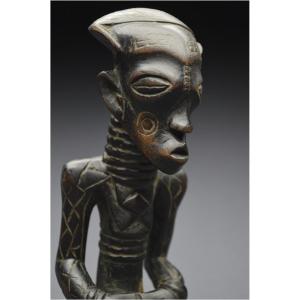
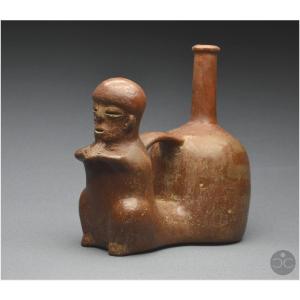
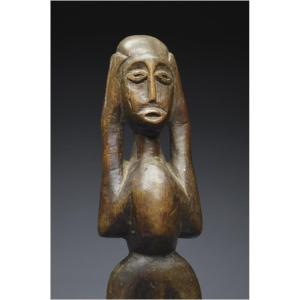




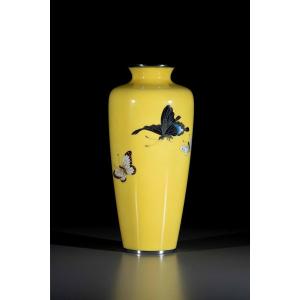
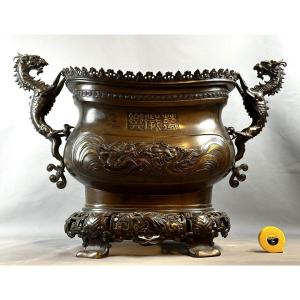
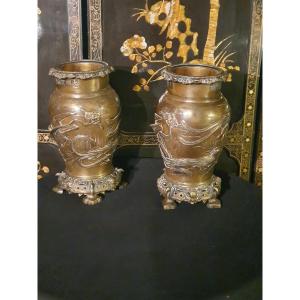



 Le Magazine de PROANTIC
Le Magazine de PROANTIC TRÉSORS Magazine
TRÉSORS Magazine Rivista Artiquariato
Rivista Artiquariato
